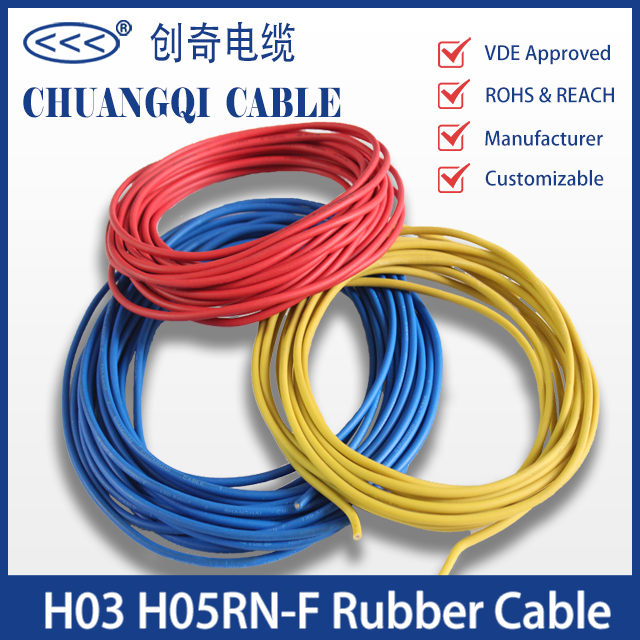The outermost layer of the power cable is generally rub […]
The outermost layer of the power cable is generally rubber or rubber composite sheath. The function of this layer is firstly to insulate, but also to protect the cable from damage.
Power cables are divided into high-voltage and low-voltage cables. If it is high-voltage, there will be a layer of resin-like filler inside, which serves as insulation. In high-voltage cables, this layer is the most important part of insulation. The low voltage does not have this layer, and then there will be something like a ribbon wrapped inside, which is to fix each core of the cable and fill the gap in the middle.

The shielding layer is divided into two cases. The shielding layer of the rubber electric wire has two functions: one is because the current passing through the power cable is relatively large, and a magnetic field will be generated around the current. In order not to affect other components, the shielding layer can be added The electromagnetic field is shielded in the cable; second, it can play a certain role in grounding protection. If the cable core is damaged, the leaked current can flow along the shielding layer like a grounding grid, which plays a role of safety protection.
Control cables are used in many places, especially the control cables of computer systems. The shielding layer here is used to shield external influences, because its own current is very weak, and it is very afraid of external electromagnetic fields.
The composition of the power cable should be: conductive core, insulating layer, protective layer. Detailed classification (not to mention high voltage and low voltage): conductive core, inner semiconducting layer, insulating layer, outer semiconducting layer, copper shielding, filler, inner lining, double steel belt protective layer, outer protective layer.